Multi Key Dictionary Python
## What is a Multi Key Dictionary?
A multi key dictionary, also known as a composite dictionary or a key-value dictionary, is a data structure that allows for the mapping of multiple keys to a single value. This means that a single value can be associated with multiple keys, making it easy to retrieve and manipulate data based on different criteria.
While a traditional dictionary in Python uses a unique key to store and retrieve values, a multi key dictionary expands on this concept by allowing the use of multiple keys. This can be particularly useful when dealing with complex data structures or when different criteria need to be used to access the same piece of information.
## How to Create a Multi Key Dictionary in Python
Creating a multi key dictionary in Python is straightforward. You can start by initializing an empty dictionary using the `{}` syntax. Let’s take a look at an example:
“`python
multi_key_dict = {}
“`
Once you have created the dictionary, you can add key-value pairs to it using the `[]` notation, just like in a traditional dictionary. The key in this case can be a tuple containing multiple values, which will serve as the composite key. Here’s an example:
“`python
multi_key_dict[(‘John’, ‘Doe’)] = 25
multi_key_dict[(‘Jane’, ‘Smith’)] = 30
“`
In this example, we have created a multi key dictionary with two key-value pairs. The first key consists of the values `’John’` and `’Doe’`, and the associated value is `25`. The second key consists of the values `’Jane’` and `’Smith’`, with an associated value of `30`.
## Adding Items to a Multi Key Dictionary
To add items to a multi key dictionary, you can use the same syntax as adding items to a regular dictionary. Simply assign a value to a key using the `[]` notation. If the key doesn’t already exist, it will be created along with its associated value. If the key already exists, its associated value will be updated.
“`python
multi_key_dict[(‘Sarah’, ‘Johnson’)] = 35
“`
In this example, we are adding a new key-value pair to the `multi_key_dict` dictionary. The key is `(‘Sarah’, ‘Johnson’)`, and the associated value is `35`.
## Retrieving Values from a Multi Key Dictionary
Retrieving values from a multi key dictionary is similar to retrieving values from a regular dictionary. You can use the `[]` operator to access a specific key and retrieve its associated value. Here’s an example:
“`python
value = multi_key_dict[(‘John’, ‘Doe’)]
print(value) # Output: 25
“`
In this example, we are accessing the value associated with the key `(‘John’, ‘Doe’)` in the `multi_key_dict` dictionary. The value `25` is then printed to the console.
If a key doesn’t exist in the multi key dictionary, a `KeyError` will be raised. To avoid this error, you can use the `get()` method, which allows you to provide a default value to be returned if the key doesn’t exist.
“`python
value = multi_key_dict.get((‘Mary’, ‘Lee’), ‘Key not found’)
print(value) # Output: Key not found
“`
In this example, we are using the `get()` method to retrieve the value associated with the key `(‘Mary’, ‘Lee’)` in the `multi_key_dict` dictionary. Since this key doesn’t exist, the default value `’Key not found’` is returned instead.
## Modifying Values in a Multi Key Dictionary
Modifying values in a multi key dictionary is similar to adding items to it. You can use the `[]` operator to assign a new value to an existing key. Here’s an example:
“`python
multi_key_dict[(‘John’, ‘Doe’)] = 27
“`
In this example, we are modifying the value associated with the key `(‘John’, ‘Doe’)` in the `multi_key_dict` dictionary. The new value is `27`.
## Removing Items from a Multi Key Dictionary
To remove items from a multi key dictionary, you can use the `del` keyword followed by the key you want to remove. Here’s an example:
“`python
del multi_key_dict[(‘Jane’, ‘Smith’)]
“`
In this example, we are removing the key-value pair associated with the key `(‘Jane’, ‘Smith’)` from the `multi_key_dict` dictionary.
## Use Cases and Benefits of Multi Key Dictionaries in Python
Multi key dictionaries can be particularly useful in situations where you need to store and retrieve data based on multiple criteria. Here are a few use cases where a multi key dictionary can come in handy:
1. **Database Indexing**: When working with databases, you can use a multi key dictionary to create indexes based on multiple columns. This allows for faster query execution and efficient data retrieval.
2. **Grouping and Aggregation**: In data analysis and processing, you can use multi key dictionaries to group data based on different criteria. For example, you can group sales data by region and product category to analyze performance.
3. **Data Transformation**: When transforming data from one format to another, a multi key dictionary can be used to store mappings between different values. For example, you can map abbreviations to full names or vice versa.
The benefits of using a multi key dictionary include:
– **Efficient Data Retrieval**: With multiple keys, you can easily retrieve data based on different criteria without having to iterate over the entire dictionary.
– **Flexible Data Manipulation**: Multi key dictionaries provide a flexible and powerful way to manipulate data based on different combinations of keys.
– **Simplified Code**: Using a multi key dictionary can lead to more concise and readable code, especially in situations where multiple conditions need to be checked.
## Tips and Best Practices for Using Multi Key Dictionaries in Python
To make the most out of multi key dictionaries in Python, consider the following tips and best practices:
1. **Choose Appropriate Keys**: When creating a multi key dictionary, choose keys that make sense for your specific use case. The keys should be unique and meaningful to ensure efficient data retrieval.
2. **Immutable Keys**: It is recommended to use immutable objects (e.g., tuples) as keys, as they cannot be modified after creation. This ensures the integrity of the keys and avoids potential issues.
3. **Handling Key Collisions**: In some cases, you may have key collisions where different sets of keys map to the same value. Make sure to handle these collisions appropriately to avoid data loss or incorrect results.
4. **Consider Memory Usage**: Multi key dictionaries can consume more memory compared to traditional dictionaries due to the increased number of keys. Keep this in mind when working with large datasets.
5. **Documentation and Naming**: Clearly document and name your keys to ensure readability and maintainability of your code. Consider using descriptive variable names to make the code more understandable.
By following these tips and best practices, you can effectively leverage the power and flexibility of multi key dictionaries in your Python projects.
## FAQs
**Q: Can I have duplicate keys in a multi key dictionary?**
A: No, each key must be unique in a multi key dictionary. However, different sets of keys can map to the same value.
**Q: Is it possible to have a key with no associated value in a multi key dictionary?**
A: Yes, you can have a key with no associated value by simply not assigning any value to it.
**Q: How can I check if a specific key exists in a multi key dictionary?**
A: You can use the `in` operator to check if a key exists in a multi key dictionary. For example: `(‘John’, ‘Doe’) in multi_key_dict`.
**Q: Can I use mutable objects like lists as keys in a multi key dictionary?**
A: No, mutable objects like lists cannot be used as keys in a multi key dictionary. This is because the keys need to be immutable to ensure their integrity.
**Q: Can I perform mathematical operations on keys in a multi key dictionary?**
A: No, keys in a multi key dictionary are treated as individual entities and cannot be directly used in mathematical operations. However, you can extract the values from the keys and perform operations on them separately.
**Q: Can I nest multi key dictionaries within each other?**
A: Yes, you can nest multi key dictionaries within each other to create more complex data structures. This allows for even more advanced data manipulation and retrieval.
In conclusion, multi key dictionaries are a powerful data structure in Python that allow for efficient storage and retrieval of data based on multiple keys. By using multiple keys, you can easily access and manipulate data based on different criteria. Whether you are working with databases, performing data analysis, or transforming data, multi key dictionaries can greatly simplify your code and improve its efficiency. Remember to choose meaningful keys, handle key collisions, and follow best practices to make the most out of multi key dictionaries in Python.
Python : How To Add Multiple Values To A Dictionary Key
Keywords searched by users: multi key dictionary python Key-value dictionary Python, How to add multiple values to a key in python, Python dict multiple keys, Add key-value to dict Python, Add value to same key in dictionary Python, Get key, value in dict Python, Add key in Python Dictionary, Python dict get values by list of keys
Categories: Top 10 Multi Key Dictionary Python
See more here: nhanvietluanvan.com
Key-Value Dictionary Python
## Introduction to Key-Value Dictionaries
A key-value dictionary, also known as a hashmap, associative array, or simply a dictionary, is a collection of key-value pairs. In Python, dictionaries are denoted by enclosing comma-separated key-value elements within curly braces {}. Each key in a dictionary must be unique, and it is associated with a specific value.
“`python
my_dict = {‘name’: ‘John’, ‘age’: 25, ‘location’: ‘New York’}
“`
In the example above, the dictionary `my_dict` contains three key-value pairs: ‘name’-‘John’, ‘age’-25, and ‘location’-‘New York’. The keys are strings, and the values can be of any data type, such as strings, numbers, booleans, or even other complex data structures.
## Accessing Values in a Key-Value Dictionary
Values in a dictionary can be accessed using square brackets [] and the corresponding key. If the specified key exists in the dictionary, the associated value is returned; otherwise, an error is raised.
“`python
name = my_dict[‘name’]
“`
In this case, `name` will be assigned the value ‘John’. It is important to note that attempting to access a key that does not exist in the dictionary will result in a `KeyError`. Therefore, it is always recommended to use the `get()` method, which allows specifying a default value if the key is not found.
“`python
age = my_dict.get(‘age’, 0)
“`
If the key ‘age’ is present in the dictionary, the corresponding value is returned. Otherwise, the default value 0 is returned instead.
## Modifying and Adding Elements
Key-value dictionaries in Python are mutable, meaning that their elements can be modified, added, or removed after creation. To modify the value associated with a specific key, access it using its key and assign a new value.
“`python
my_dict[‘age’] = 26
“`
In this case, the value corresponding to the key ‘age’ has been updated from 25 to 26. Similarly, new key-value pairs can be added by assigning a value to a non-existing key.
“`python
my_dict[‘occupation’] = ‘Engineer’
“`
Here, the key ‘occupation’ with its associated value ‘Engineer’ has been added to the dictionary.
## Deleting Elements
Python provides multiple ways to delete key-value pairs from a dictionary. The `del` keyword followed by the desired key removes the corresponding entry from the dictionary.
“`python
del my_dict[‘location’]
“`
In this example, the key-value pair ‘location’-‘New York’ has been removed from the dictionary `my_dict`. Another approach is to use the `pop()` method, which removes and returns the value associated with the specified key.
“`python
age = my_dict.pop(‘age’)
“`
In this case, the key ‘age’ is popped from the dictionary, and its value, which is 26, is returned and assigned to the variable `age`. If the key does not exist, a `KeyError` will be raised unless a default value is specified as the second argument to `pop()`.
## Checking for Key Existence
It is often necessary to check whether a key exists in a dictionary before accessing or modifying its value. The `in` keyword can be used for this purpose, returning a boolean value based on the existence of the key.
“`python
if ‘name’ in my_dict:
print(‘Name exists’)
“`
In this example, the code checks if the key ‘name’ exists in the dictionary. If it does, the message ‘Name exists’ will be printed.
## Iterating Over a Key-Value Dictionary
Python provides several convenient ways to iterate over the keys, values, or both in a dictionary. The `keys()` method returns a view object containing all the keys in the dictionary.
“`python
for key in my_dict.keys():
print(key)
“`
This loop will iterate over all the keys in `my_dict` and display each key on a new line. Similarly, if you want to iterate only over the values, the `values()` method can be used.
“`python
for value in my_dict.values():
print(value)
“`
This loop will display all the values in `my_dict`. Lastly, if you need to iterate over both the keys and values simultaneously, the `items()` method returns a view object containing tuples of each key-value pair.
“`python
for key, value in my_dict.items():
print(key, value)
“`
In this case, both the keys and values will be displayed together.
## Frequently Asked Questions
**Q1: Can a key in a dictionary have multiple values?**
No, a key in a dictionary can only have a single associated value. However, this value can be a container data type such as a list or tuple, allowing for multiple values to be stored.
**Q2: How can I find the number of key-value pairs in a dictionary?**
Using the `len()` function, you can determine the number of key-value pairs in a dictionary.
“`python
dict_size = len(my_dict)
“`
**Q3: Are dictionaries ordered in Python?**
Starting from Python 3.7, dictionaries retain the order of elements as they are inserted. Prior to Python 3.7, dictionaries were unordered. If you need an ordered dictionary in earlier Python versions, you can make use of the `collections.OrderedDict` class.
**Q4: Can a dictionary have keys of different data types?**
Yes, a dictionary in Python can have keys and values of different data types. However, keys must be immutable types such as numbers, strings, or tuples, while values can be of any data type.
**Q5: What happens if I add a key-value pair to a dictionary using an existing key?**
If you assign a new value to an already existing key in a dictionary, the original value associated with that key will be overwritten by the updated value.
## Conclusion
Key-value dictionaries are a vital tool in Python for organizing and manipulating data efficiently. They provide a powerful and flexible data structure for storing and retrieving values based on unique keys. By understanding their syntax and functionality, you can leverage dictionaries effectively in various programming scenarios, ranging from lightweight data storage to complex algorithms.
How To Add Multiple Values To A Key In Python
Python is a versatile programming language that offers various data structures to handle complex tasks efficiently. One such data structure is a dictionary, which allows you to store data in a key-value pair format. In some cases, you may need to associate multiple values with a single key in a dictionary. This article will provide a detailed guide on how to add multiple values to a key in Python, along with some frequently asked questions at the end.
Adding Multiple Values Using a List
One common approach to adding multiple values to a key in Python is by utilizing a list. Lists are mutable and can store multiple values, making them ideal for this purpose. Below is an example of how to utilize a list to achieve this task:
“`python
# Create an empty dictionary
my_dict = {}
# Add values to the key
my_dict[‘key’] = [‘value1’, ‘value2’, ‘value3’]
“`
In the above code snippet, an empty dictionary called `my_dict` is created. The `my_dict[‘key’]` statement assigns a list of values `[‘value1’, ‘value2’, ‘value3’]` to the key `’key’`. This simple technique allows you to accumulate multiple values under a single key.
Accessing the Values
To retrieve the values associated with a key, you can use the key within square brackets as shown below:
“`python
# Access values associated with the key
values = my_dict[‘key’]
print(values)
“`
The above example will output `[‘value1’, ‘value2’, ‘value3’]`, which are the values associated with the key `’key’`.
Appending Values to an Existing Key
In some scenarios, you may want to add additional values to an existing key in the dictionary. To achieve this, you need to append the new values to the list associated with that key. The example below demonstrates how to append values to an existing key:
“`python
# Append values to an existing key
my_dict[‘key’].append(‘new_value’)
print(my_dict[‘key’])
“`
After executing the above code, the output will be `[‘value1’, ‘value2’, ‘value3’, ‘new_value’]`. The `append()` method adds the new value `’new_value’` to the list associated with the key `’key’` in the dictionary.
Adding Multiple Values Using Defaultdict
Python provides a useful collection module called `defaultdict`, which allows you to define the default data type for dictionary keys. By utilizing `defaultdict`, you can simplify the process of adding multiple values to a key. Here’s an example to illustrate the usage of `defaultdict`:
“`python
from collections import defaultdict
# Create a defaultdict
my_dict = defaultdict(list)
# Add values to the key
my_dict[‘key’].append(‘value1’)
my_dict[‘key’].append(‘value2’)
my_dict[‘key’].append(‘value3’)
“`
In the above code snippet, the `defaultdict()` function initializes `my_dict` as a dictionary with a default data type of `list`. This means that when assigning a value to a non-existing key, a new list will be created automatically. This saves you from the hassle of checking whether a key already exists or not.
Accessing the Values
To access the values, you can use the same method as outlined earlier. Below is an example:
“`python
# Access values associated with the key
values = my_dict[‘key’]
print(values)
“`
The output will be `[‘value1’, ‘value2’, ‘value3’]`, which are the values associated with the key `’key’`.
Appending Values to an Existing Key
Appending new values to an existing key in a `defaultdict` dictionary is also straightforward. The `append()` method works the same as discussed before:
“`python
# Append values to an existing key
my_dict[‘key’].append(‘new_value’)
print(my_dict[‘key’])
“`
Executing the above code will result in `[‘value1’, ‘value2’, ‘value3’, ‘new_value’]`.
FAQ:
Q: Can I use a tuple instead of a list to store multiple values?
A: Yes, you can use tuples or any other iterable data structure instead of lists to store multiple values in Python.
Q: What if I want to add multiple keys with their respective values at once?
A: To achieve this, you can use the `update()` method on a dictionary and pass another dictionary containing the desired key-value pairs.
Q: Is it possible to have duplicate values associated with a single key?
A: Yes, it is possible to have duplicate values associated with a key. A list allows duplicates, so you can have the same value appearing multiple times.
Q: Can I add values to a key without using a list or a default dictionary?
A: No, if you want multiple values associated with a key, you need to utilize a data structure that allows multiple value storage, such as lists or dictionaries.
Q: Is the order of the values maintained when adding them to a key?
A: Yes, the order of values is maintained when adding them to a list or default dictionary in Python.
In summary, Python provides multiple approaches to add multiple values to a key in a dictionary. Using lists or `defaultdict` from the `collections` module are efficient ways to handle this requirement. By utilizing these techniques, you can effectively manage complex data structures and handle various scenarios with ease.
Images related to the topic multi key dictionary python

Found 32 images related to multi key dictionary python theme



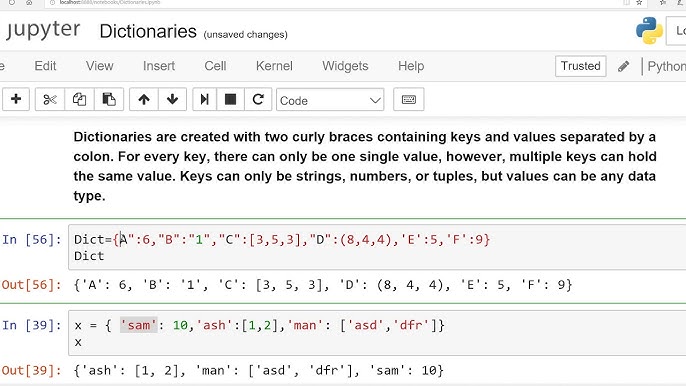








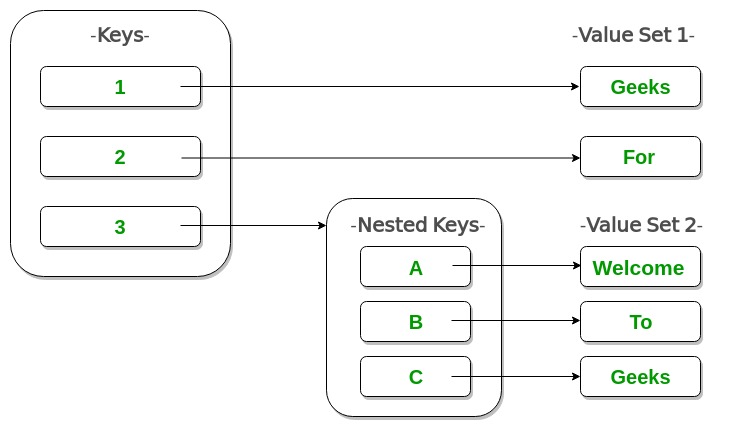
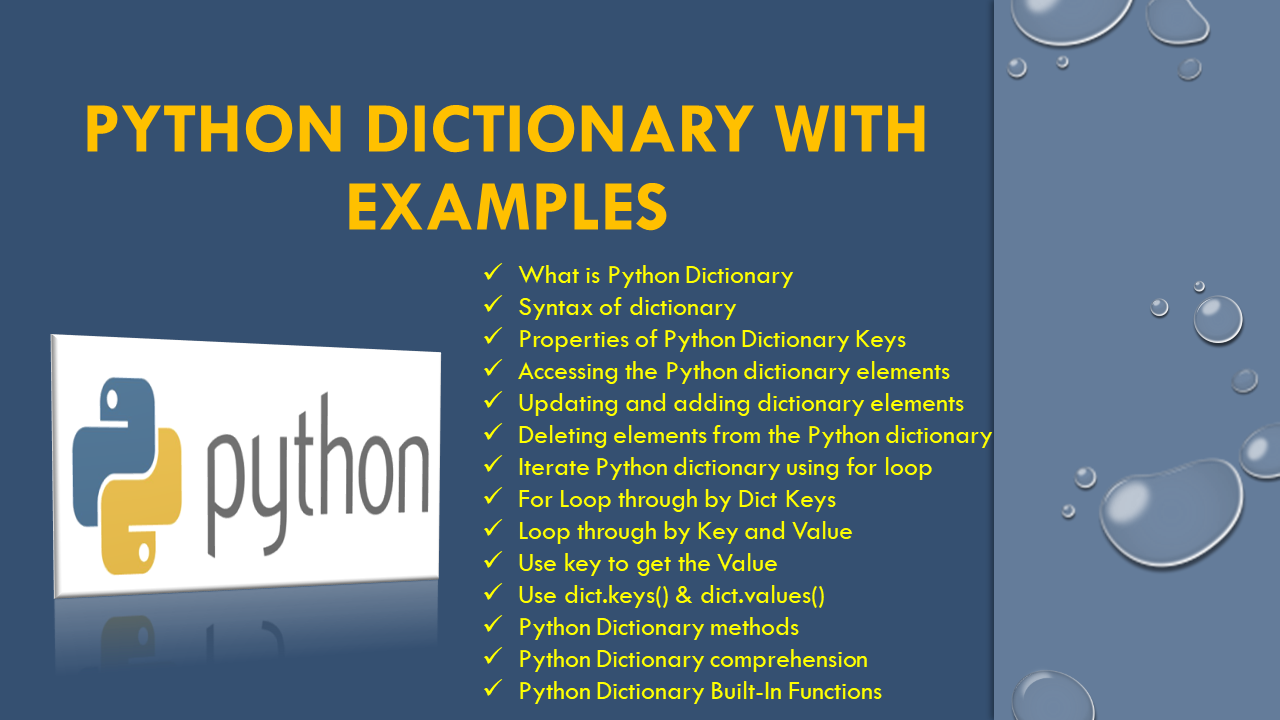

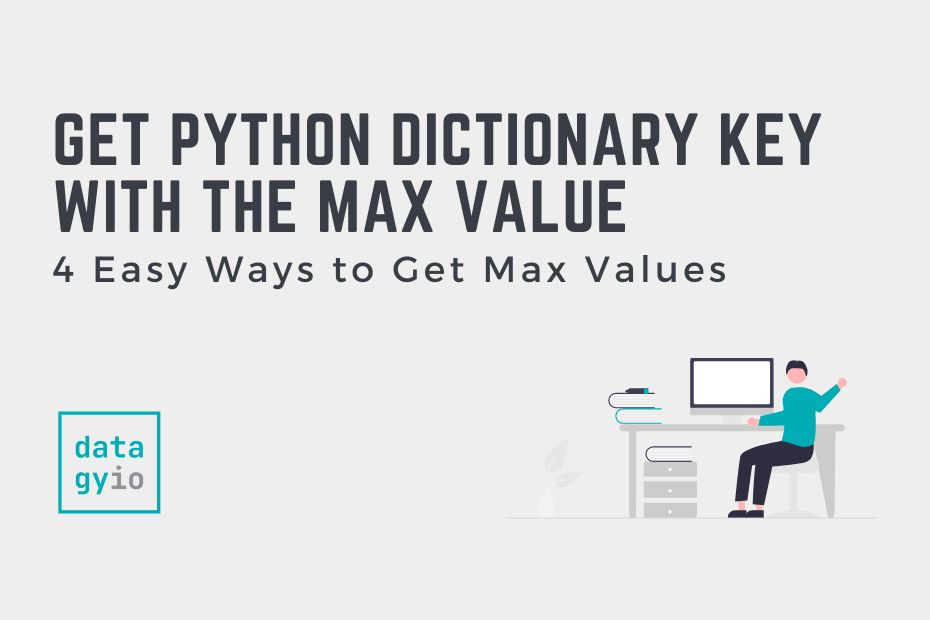

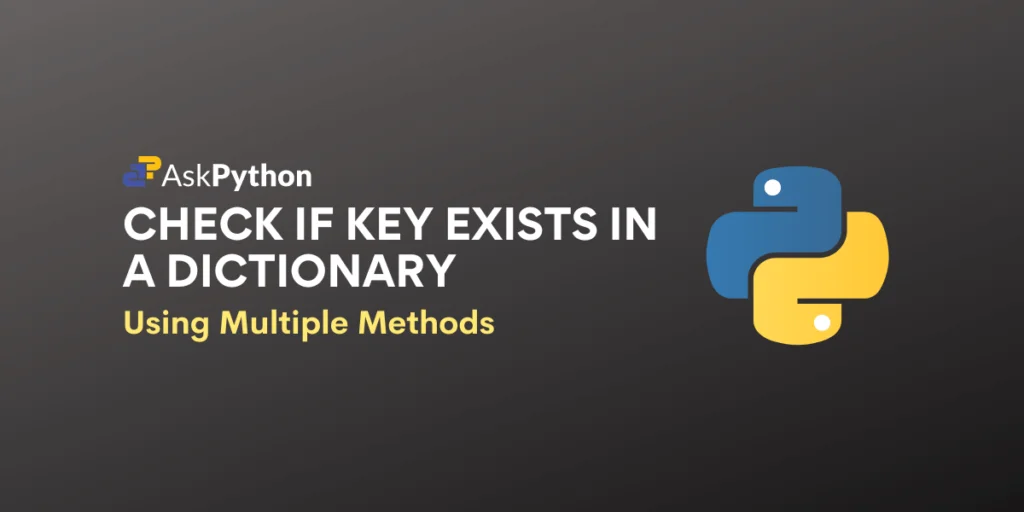


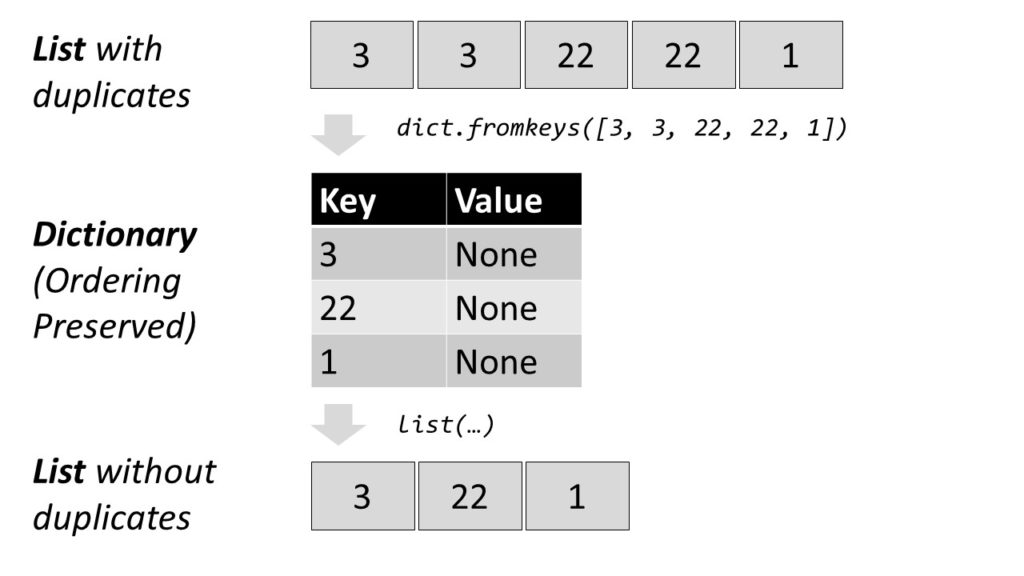







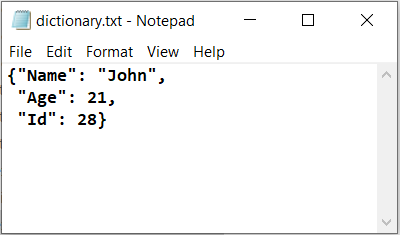
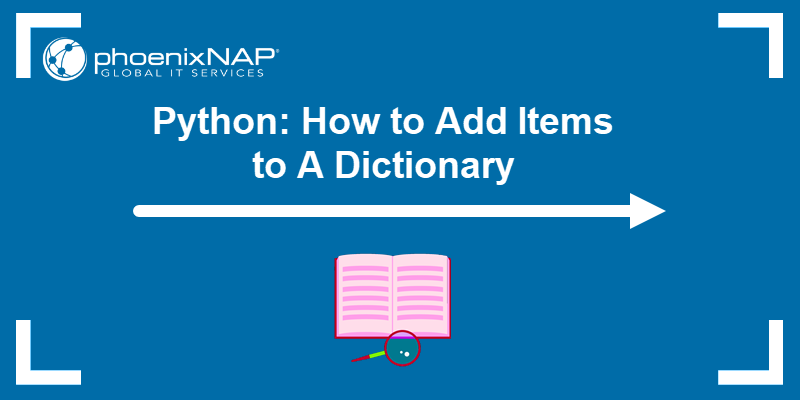






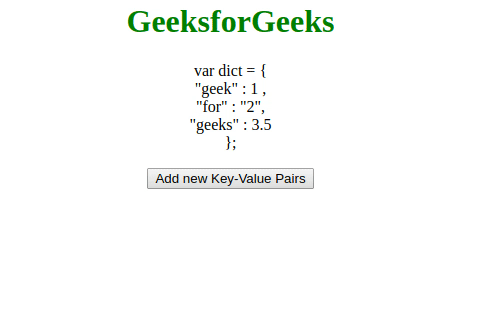







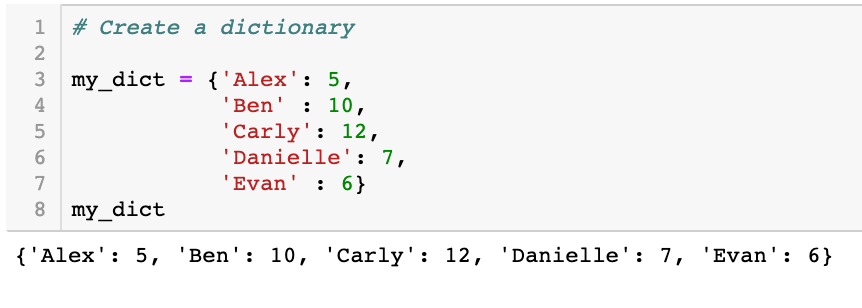

Article link: multi key dictionary python.
Learn more about the topic multi key dictionary python.
- How do I make a dictionary with multiple keys to one value?
- Python Dictionary Multiple Keys
- Multiple keys – Python by Examples
- multi_key_dict – PyPI
- Python | Initialize dictionary with multiple keys – GeeksforGeeks
- Check if multiple Keys exist in a Dictionary in Python
- Remove Multiple keys from Python Dictionary
See more: https://nhanvietluanvan.com/luat-hoc